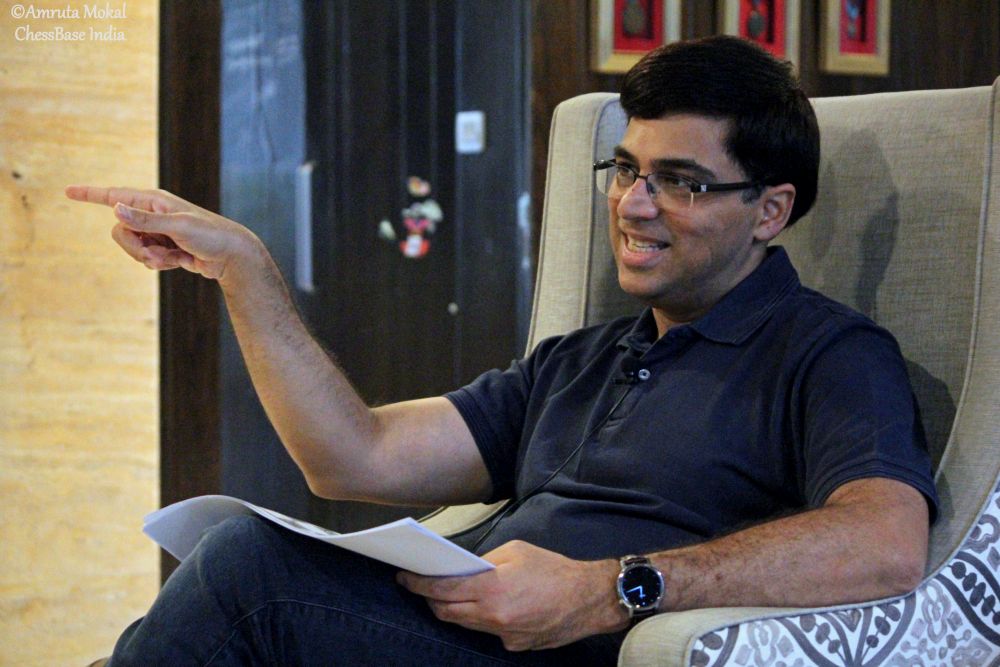Vishy Anand recaps Carlsen versus Caruana World Championship Match 2018
The World Championship Match ended five days ago and we keep receiving mixed reviews from the spectators. While many of the viewers said that the match was dull and boring, we also have people who have opined that this was one of the best World Championships in terms of quality of play. When it comes to opinions, there can be no one better than five-time World Champion Vishy Anand. The legend has played innumerable matches for the highest title! He has been there and done that! Also he has played Carlsen in two World Championship Matches. It doesn't come as a surprise that his views were really appreciated by the chess world when we published a video on our YouTube Channel. The video has had over 82,000 views and in this article we have transcribed Vishy Anand's views along with the diagrams of the most important positions.
It was our last day of the one year homeless journey that we (Amruta and I) had begun on 27th of November 2017, and what better thing to do than to interview the absolute best chess player of India, one of the best in the world and five-time World Champion Viswanathan Anand. After his success at the Tata Steel Chess India blitz 2018, Vishy has a few days off before he will once again be in action at the World Rapid and Blitz 2018. We were able to catch him at his home in Kotturpuram, Chennai where he spent a solid half an hour explaining all the intricacies of the World Championship Match 2018.
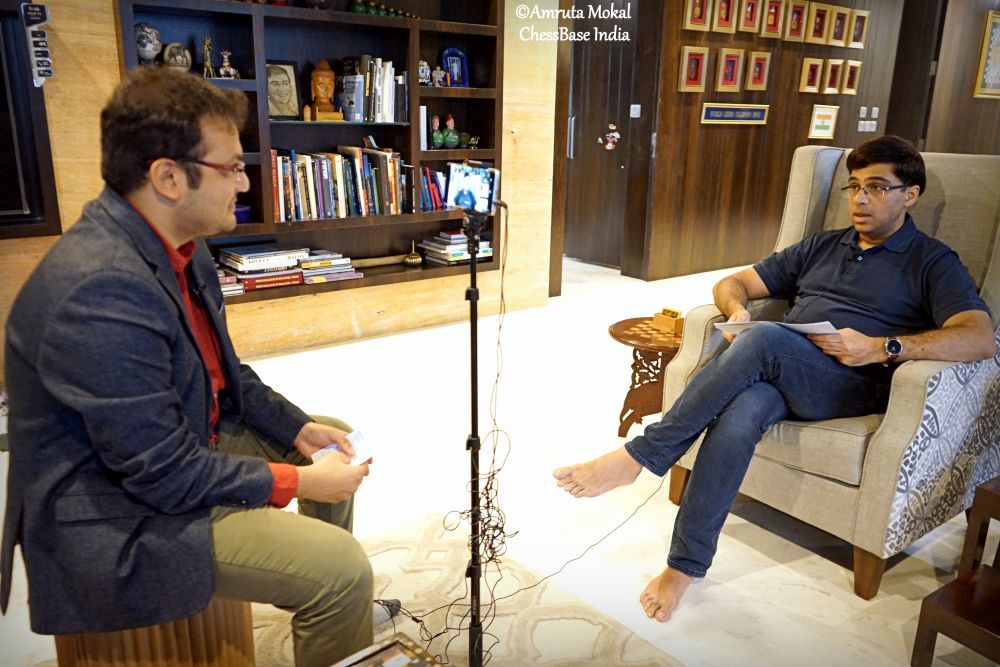
One of the things you will learn from Vishy in this interview is that he never goes over board with his comments. He has played multiple world championship matches and he knows the pressure of the occasion. That's why Vishy's views on the moves as well as the psychology and behind the scene action is so very important. The video interview lasted for 31 minutes, where Anand was relaxed and spoke his mind. It was an absolute joy for the viewers of ChessBase India YouTube Channel where they could hear the thoughts of such a legend. In a week from when it was released we already have 82,000+ views!
Vishy Anand recaps the entire 12 classical games in 31 minutes:
Key highlights of the interview:
1. When asked about which of his World Championship matches resembles to the Carlsen and Caruana 2018 match, Vishy felt that the closest was the one between Gelfand and him. In that as well there were a lot of draws, but the players had exchanged a pair of decisive results, while Carlsen Caruana match had all 12 classical games ending in draws.

2. The first critical position that we discussed with Anand was the one below:
Caruana vs Carlsen, Game 1

Anand: It is very strange that Magnus did not win this position. Magnus' own hero from five years ago would have won this position quite easily! It was one of the big misses of the match. What was striking is that Magnus' play until this point had been exemplary. Everyone praised him. Before cashing in he could have slowly improved his position. I would only put one caveat in this situation - it is very easy to sit at home and say this is how you should have done. God knows I have spoilt many winning positions as well. It's not my aim to make light of this. But it's a missed opportunity. There is no way going around this.
3. Anand's take on ...Rd8 by Caruana:
Carlsen vs Caruana, Game 2
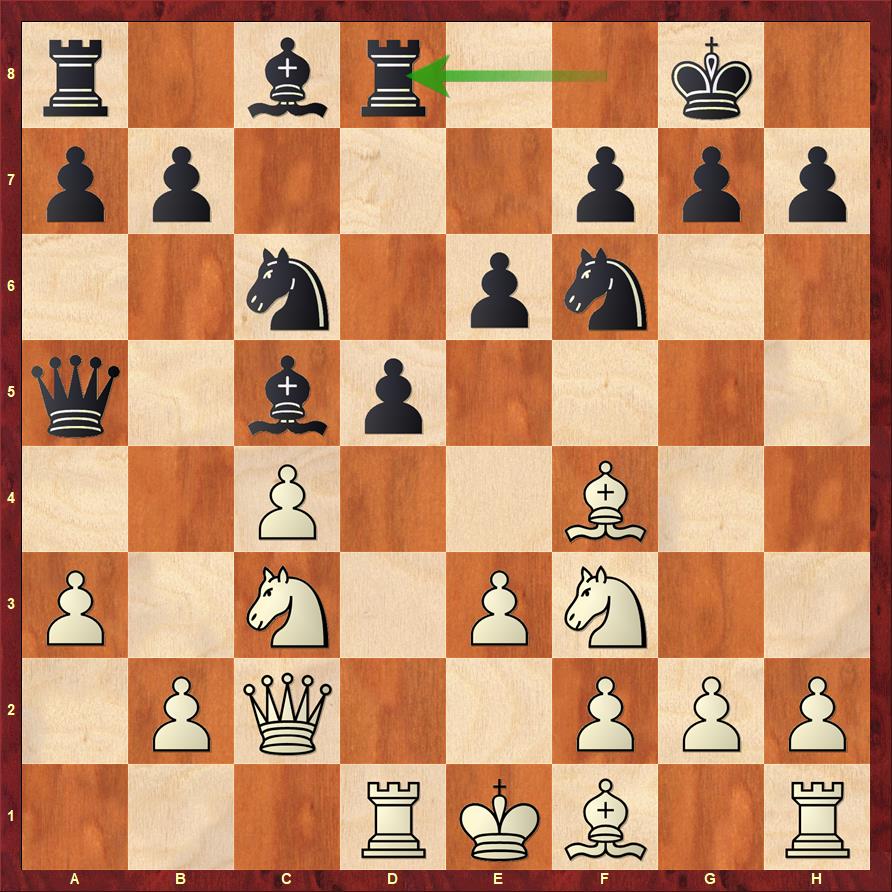
Anand: I had looked at it, I had notes on it, but evidently Fabiano went much further. I know that Hikaru looked at it as well, because we had discussed it briefly. It was good opening work. This is the sort of thing that should happen at a World Championship Match. You have so much time, you can go really deep and clean some stuff and play not even the most fashionable move. I don't think it was a one-game stuff. I think Fabiano intended to repeat it, if Magnus went Rd1 again.
4. The ...Bc5 line in the reversed Dragon
Carlsen vs Caruana, Games 4 and 9
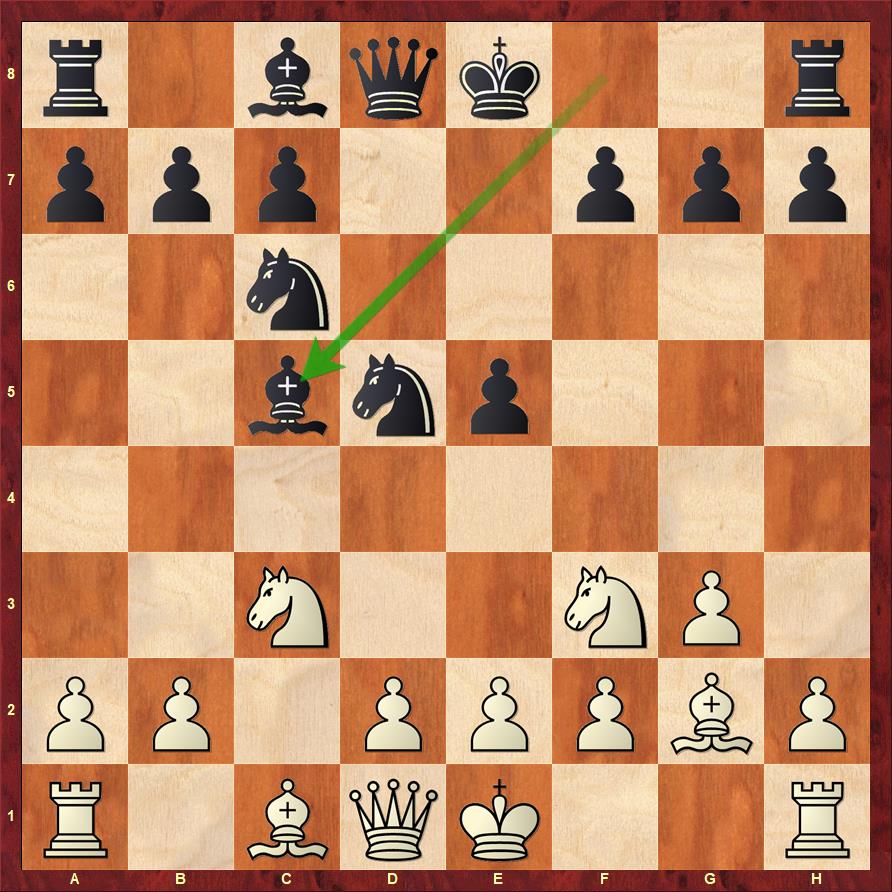
Anand: I guess …Nb6 and …Be7 (1.c4 e5 2. Nc3 Nf6 3.Nf3 Nc6 4.g3 d5 5.cxd5 Nxd5 6.Bg2 Nb6 followed by Be7) is still leading if you look at the total number of games. I wouldn’t say that …Bc5 is completely taking over, but if you see, last year I played this line against Fabiano at Saint Louis, then there was the famous Dubov-Karjakin discussion here. And so it flared up and then dropped out of the radar for a while. But after this match I think this is just going to be one of the main lines.
5. The pawn sacrifice in Rossolimo:
Caruana vs Carlsen, Game 5
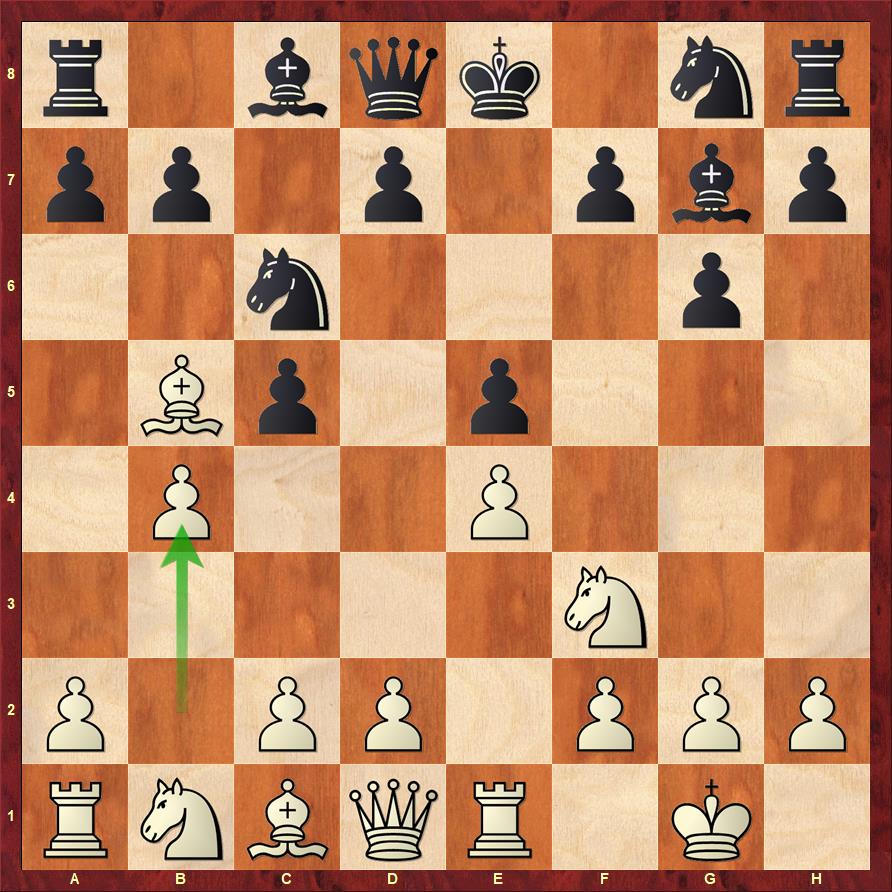
The pawn sacrifice b4 is well known and the theme is also well known. Not only this game, but also Fischer-Spassky where Bxc6 bxc6 was met with b4. Even what Caruana played in this game has been played before. I would expect both sides to be well prepared, obviously Fabiano because he played it, but also Magnus seemed to know it well.
6. New ideas in the Petroff
Carlsen vs Caruana, Game 6
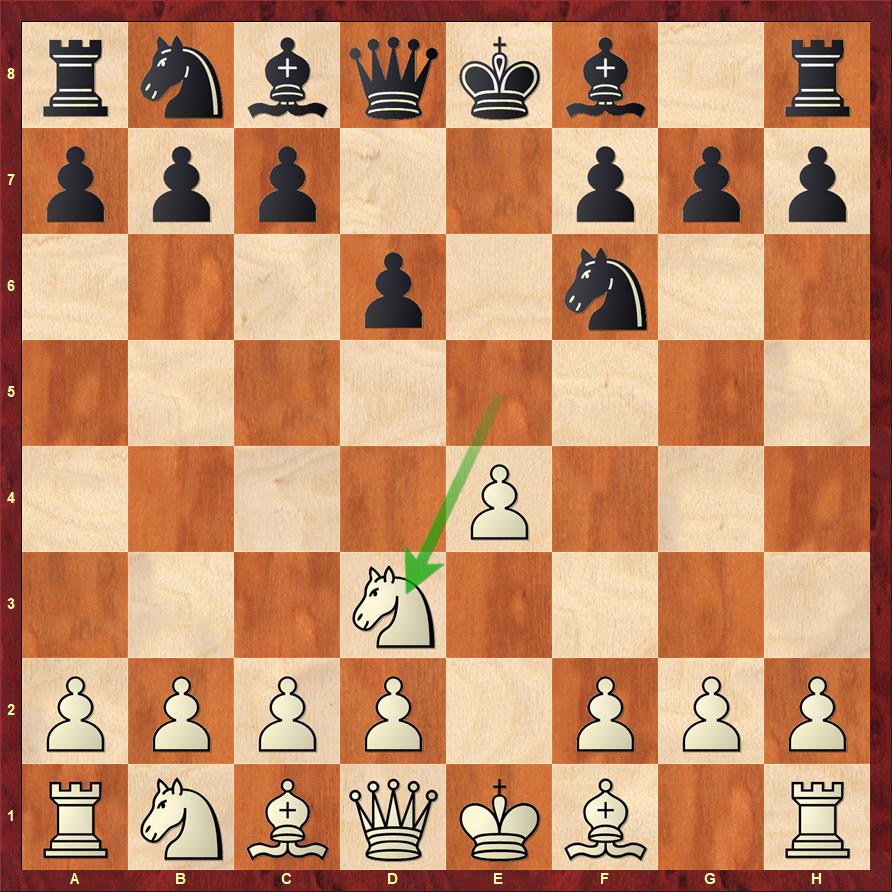
Anand: You try to play these unusual moves to get a game. But even these unusual moves you can analyze with a computer. You have heard this famous conversation between Grischuk and Kovalev that Grischuk had looked at the sequence that happened in the game with Nf4-Nd5 and Black going Nc6-Nd4 (laughs). It's quite funny that they had gone that far!
Grischuk knew it was dead and it was not a big deal. When it works it works. There are cases when you play harmless stuff but your opponent doesn't know it and you get something. Fabiano's preparation has been thorough. But we won't know because Magnus has probed very little. He has just probed the surface, where as Fabiano has stuck to one thing and kept on chipping away. We know now that Carlsen's Rossolimo preparation was very good, but the Sveshnikov preparation in the Nd5 lines gives the feeling of slightly improvised.
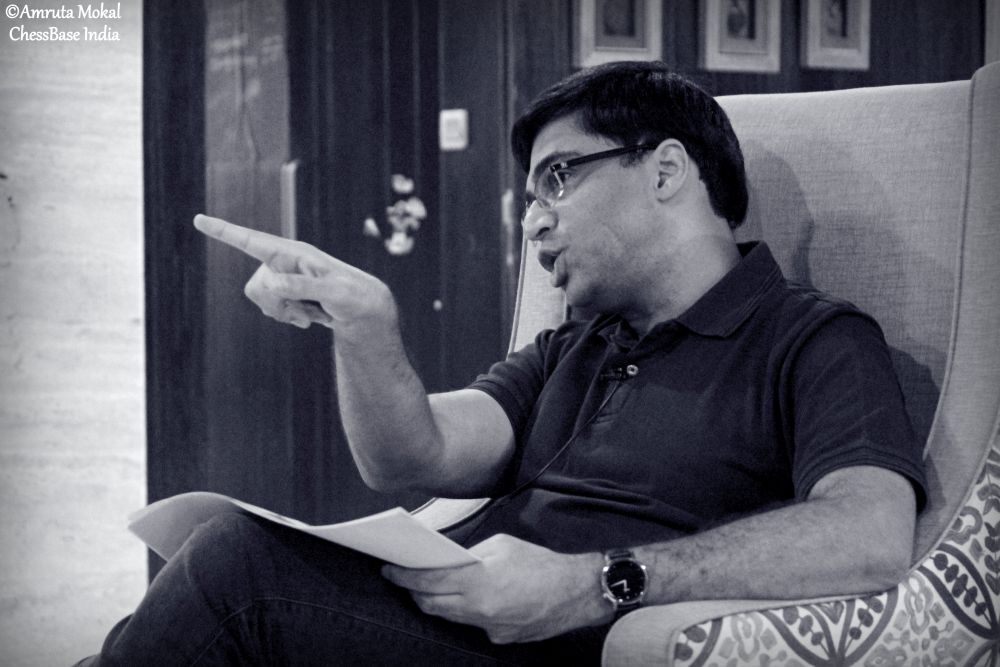
7. When asked about how difficult it is to find the move ...Bh4! that won?
Carlsen vs Caruana, Game 6
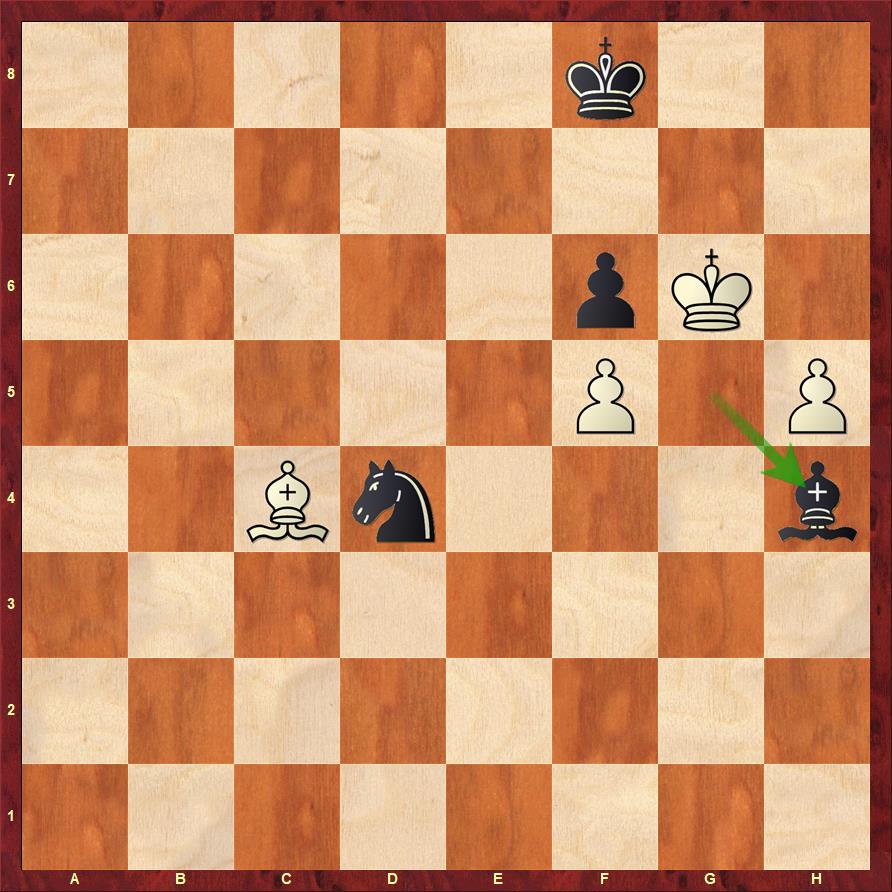
Anand: Obviously, it was not easy. I haven’t even delved into it entirely. But the piece up position was not a forced win, which means that White could have used his bishop better to corral the knight in some other way. I saw Svidler’s recap of this ending and I have forgotten the details. The funny thing is that Svidler while doing the recap was also saying that I have to check my notes and corresponding squares! It’s a very difficult ending. But I think I understand the position after …Ng1 pretty well now.
The computer shows Black wins with 68..Bh4 here. But had Caruana played the incredible 69.Bd5 Ne2 70.Bf3 Ng1!! they would request metal detectors immediately! No human can willingly trap his own knight like that. pic.twitter.com/ypBjXv3QCA
— Garry Kasparov (@Kasparov63) November 16, 2018
Analysis position between Carlsen vs Caruana, game 6
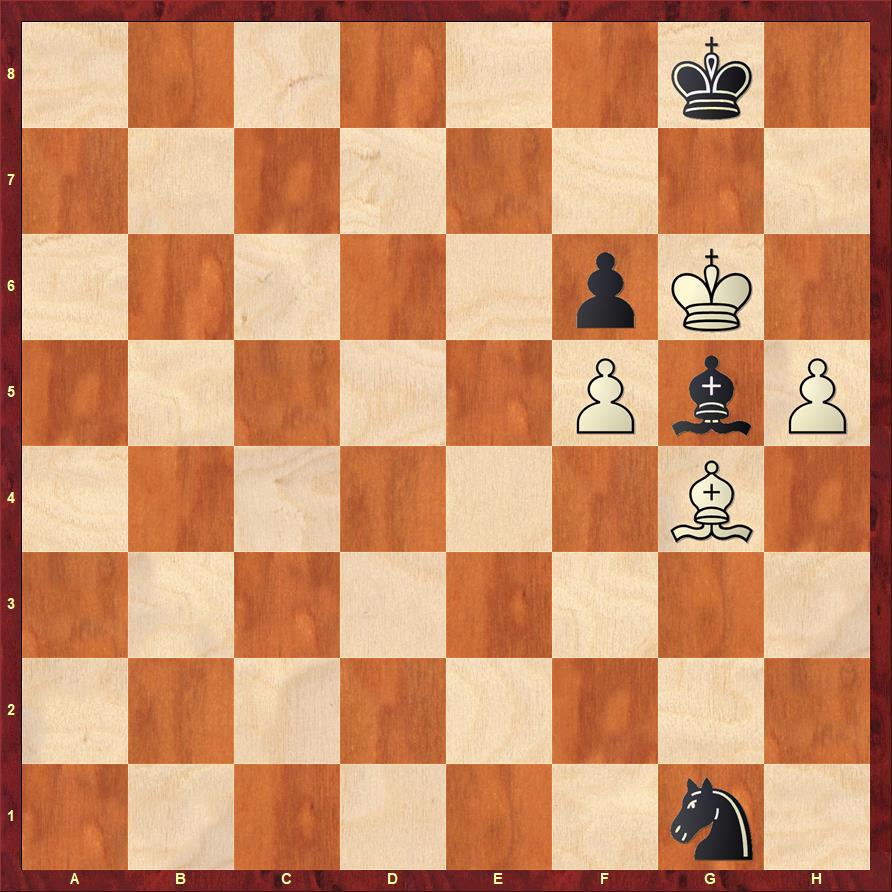
Anand: As Black you need to lose a move here. So after h6 Kh8 h7 you go Bh4 Kh5 (or Kh6) then Be1 Kg6 Bc3 Kh6 (The bishop cannot move as then the knight comes out) Bd2 Kg6 Bg5!
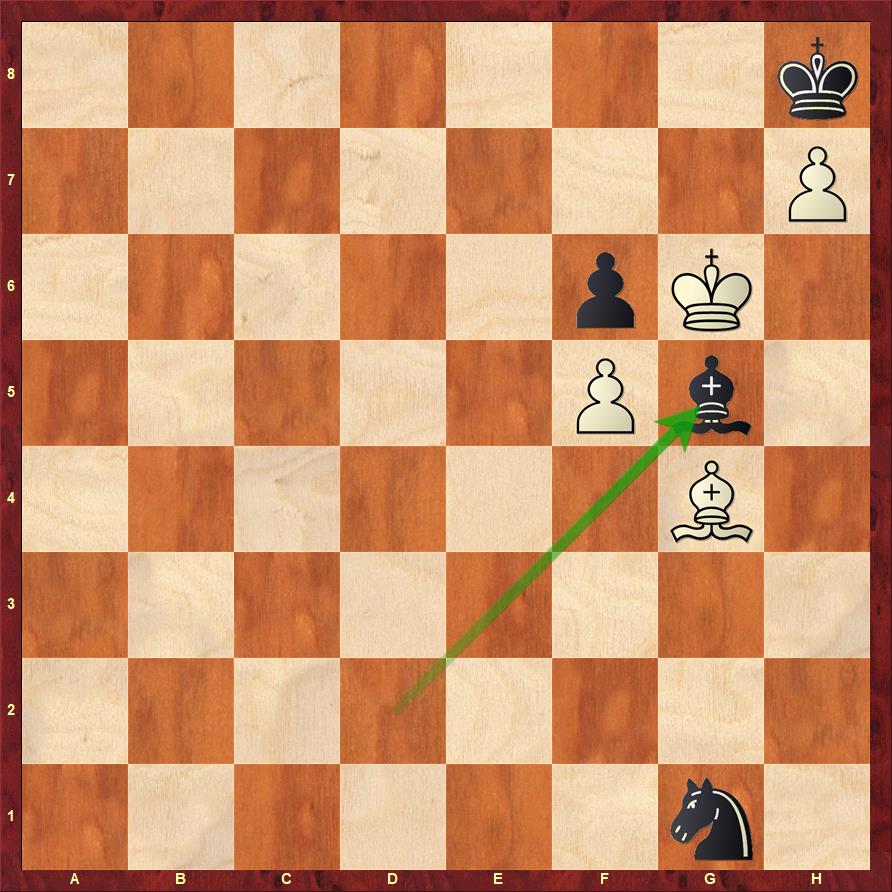
Anand: And now I have transferred the move to you. This bishop loop is winning and it is always winning, because Black can always lose a move by extending the loop! So this is not one of those mutual zugzwang things. This is one of those positions where White can be very clearly brought into a zugzwang. But I have not exactly grasped why it was drawn one move ago and why bishop on c4 is not well placed. This bit I have to go over once again slowly and try to understand. But it's fascinating. Suddenly you discover something new about an ending.
8. Is the study of such an ending (like the one above) useful for a player like Anand?
Anand: Yes, some positions are just interesting enough that you must study them. It is conceivable that some day I might have a similar position on the board and this knowledge might be useful in some vague way. But, I am not necessarily studying it to score points. (smiles).
9. The back and forth idea of Qd8-a5-d8 in QGD
We asked Anand about this idea of Fabiano to play Qd8 to a5 and then when White retreats his knight to d2, to go back to d8. Shouldn't this manoeuvre, which seems to waste a lot of time, give White a clear way for advantage? Doesn't classical wisdom say so?
Caruana vs Carlsen, game 7
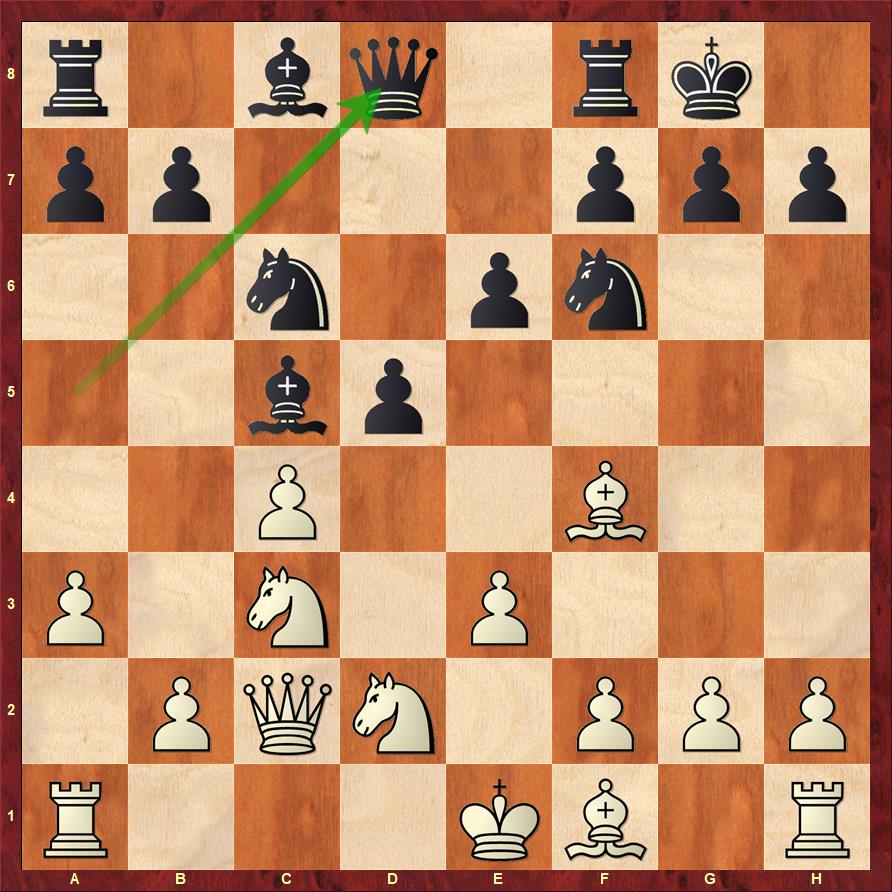
Anand: Why should White have a clear advantage? Even he has moved his knight back to d2! It's interesting to note that these Nd2-b3 plans are the most effective when the black queen is on a5. But you just go back to d8 and ask what is your knight doing on d2. I have stopped trying to understand chess by the logic you mentioned, because the computer keeps pointing out exceptions. I remember having conversations with my second where he would tell me about a move and I would say this has been played in 100 games before with an extra tempo. How can this move make sense? But I realized that chess doesn't seem to lend itself to that sort of logic. If you can make use of the extra tempo, good for you. But more often than not you just study the new position on its own merits. If it works, it works! That was always the joke in our team. If someone said something illogical, and we couldn't refute it, we had to agree it works!
10. The new direction in the Sveshnikov
Caruana vs Carlsen, game 8,10 and 12
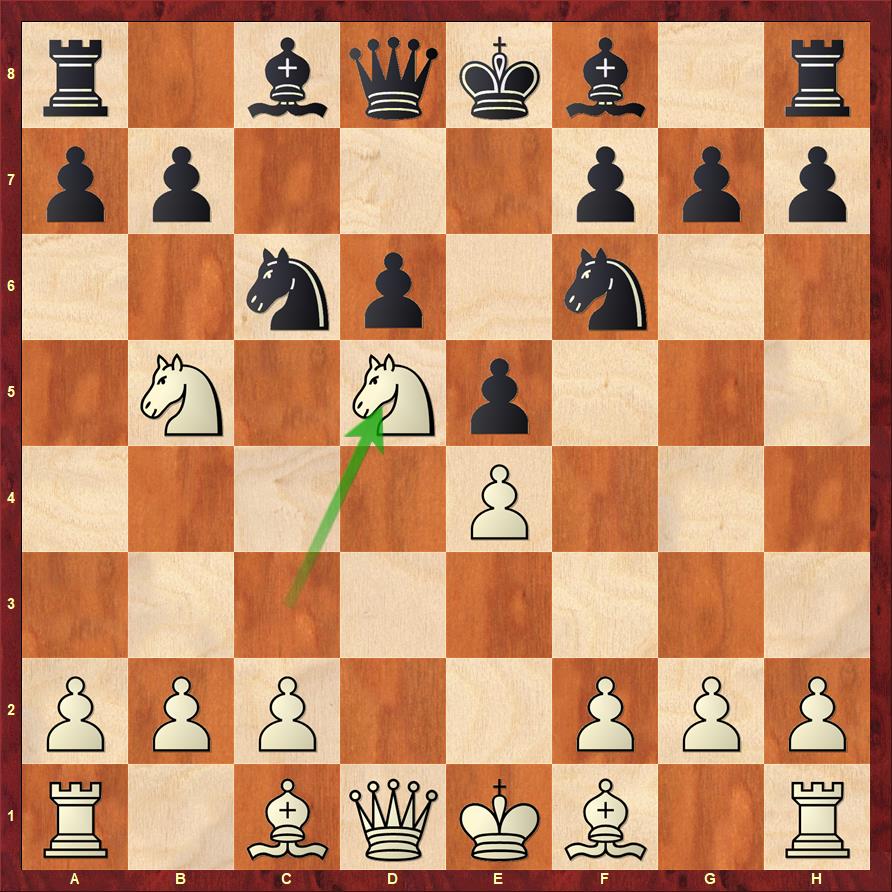
Anand: Already the fact that Kramnik played in the Olympiad shows that the line is worth revisiting. I have never really played someone who tried it, so I haven't really gone into this so much. Given that Magnus was going to play the Sveshnikov the whole match there was an argument for spending more time here, but you know this logic can take you anywhere. You can always say you should have spent more time here and if they play something else the criticism moves on.
On Fabiano's ...Bxf3 and Carlsen's art of pressing
Carlsen vs Caruana, Game 9
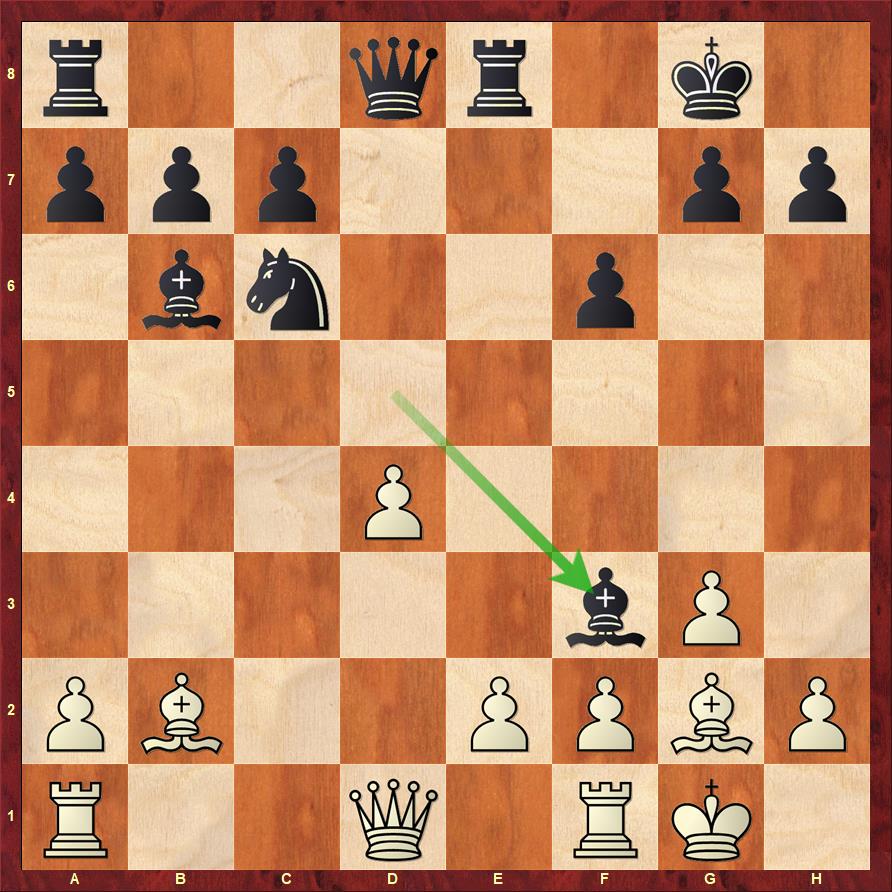
Anand: Not at all! I actually agree with Fabi's logic. I think computer's evaluation is much too high. What this is for white is a lasting advantage, which is unpleasant in nature. But it is nowhere near winning.
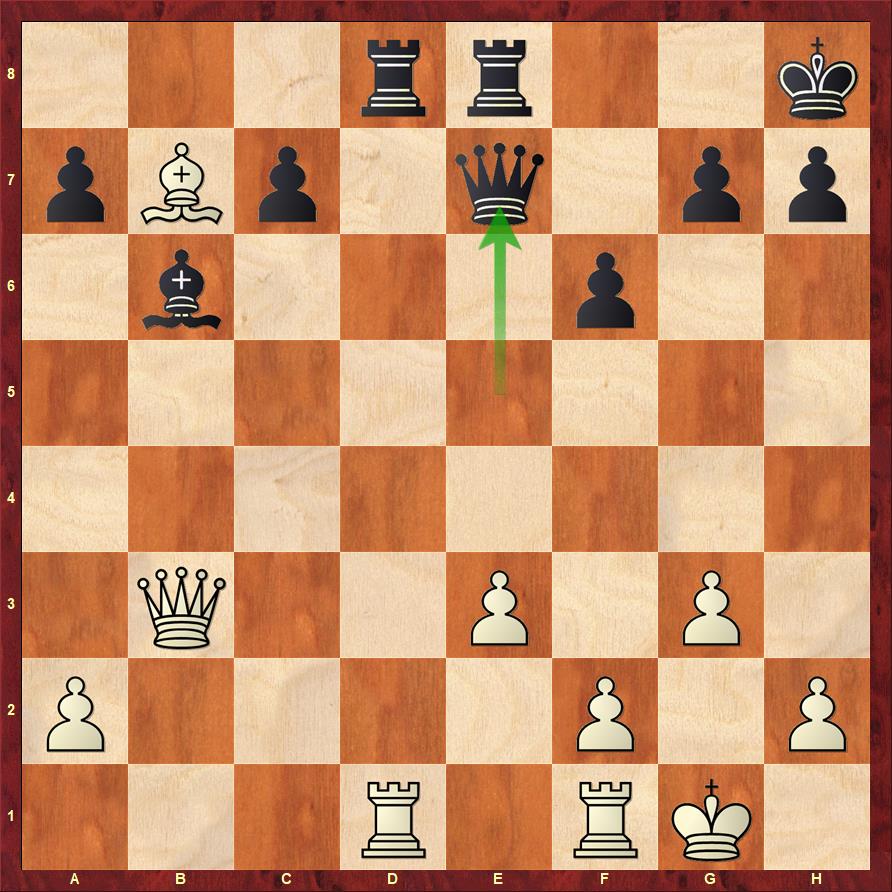
First of all if Black swaps all the rooks, I think White's advantage is very small. Because Black has many fortresses. So, suppose you put White's queen on f7 (after the exchange of rooks) and get your bishop to d5 to form a mating attack, Black can play ...Bc5 to d6. The queen on d8 defending against the mate. Then Black can play Qf8 offering an exchange and kicks you out one square. You come to e6, then I get my king out by playing g6 and Kg7. Then I play Qe7 with black. If White checks on g8, I can go to h6. There is a lot of scope for passive defence. Having said that, White can play on endlessly, especially with one pair of rooks. And so it is not that the advantage is big, but it can never be neutralized. So if Carlsen would have kept one pair of rooks and played h5 at the right moment, it could be torture, but with ...Bxf3 I can understand Fabi's logic.
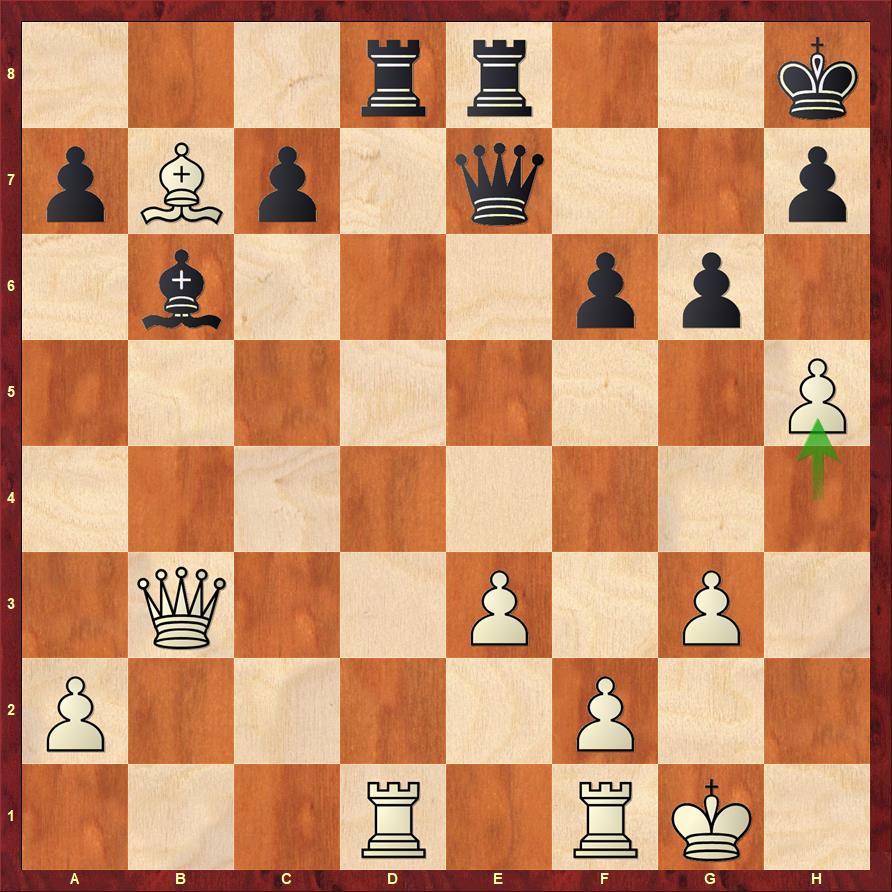
What really surprised me was Magnus playing h5. Because my first reaction when I saw this was doesn't ...gxh5 work. How does White stop ...h4? That move happened to be obvious for me, but nonetheless it's just premature. You should have Rh1 or Qc4 ready against this ..gxh5 and ...h4 plan. He seems to have just missed ...f5. I don't think Magnus spoilt a very big advantage, he spoilt a long lasting one.
Most exciting game of the match:
Caruana vs Carlsen, Game 10
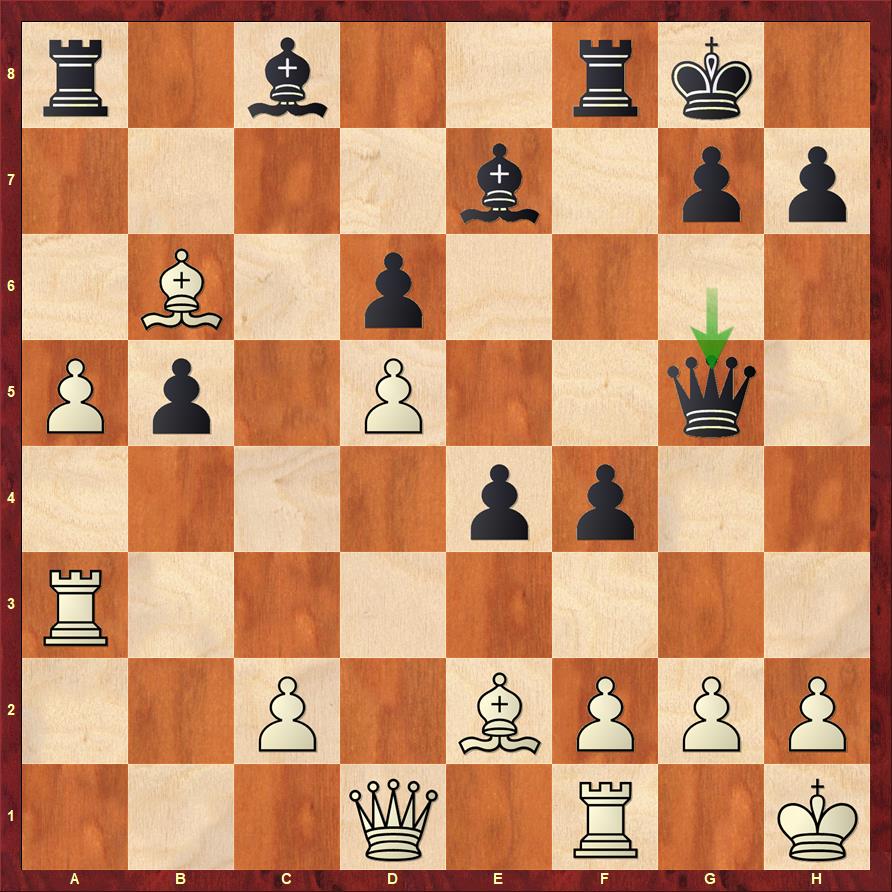
Anand: There was this moment when Caruana could have simply played Bxb5. I was on the St. Louis show and Maurice asked me, “Bxb5. The computer is screaming an advantage for White. Do you agree?” After that I couldn’t answer his question in an intelligent way, because of course I agree. Once the computer says it’s good, I understand why it’s good. But if the computer would have said it’s bad, I would have spent a few minutes trying to understand why it is bad! And this is always the problem when you try to understand the game with that crucial nugget of information. It’s all you need to know – whether it is good or bad. And I had mentioned my game with Aronian (Tata Steel Chess 2013). All I knew I was better here. I couldn’t remember a thing otherwise. But that was enough for me to find everything. Because in every position you have any doubts, you can tell yourself this is supposed to better so a move must exist. And this is very different from going to a position saying I don't know how this is going to turn out.
After Bxb5, the plan with ...Rf6 to g6 or h6 turned out to be trickier than it looked. So there are some problems for White to solve, but he does solve them. It was an amazing game. I don't think either side was lost at any moment, but it felt dangerous, practically dangerous. And this is the interesting point about this match. At many points we have landed in positions where I would say to myself, I could lose this with white and I could lose this with black in a practical game. And still we got six draws! These positions have been so rich, but neither side has fallen apart. So we have to compliment them for that rather than just speak about missed opportunities.

The final draw offer!
Caruana vs Carlsen, Game 12
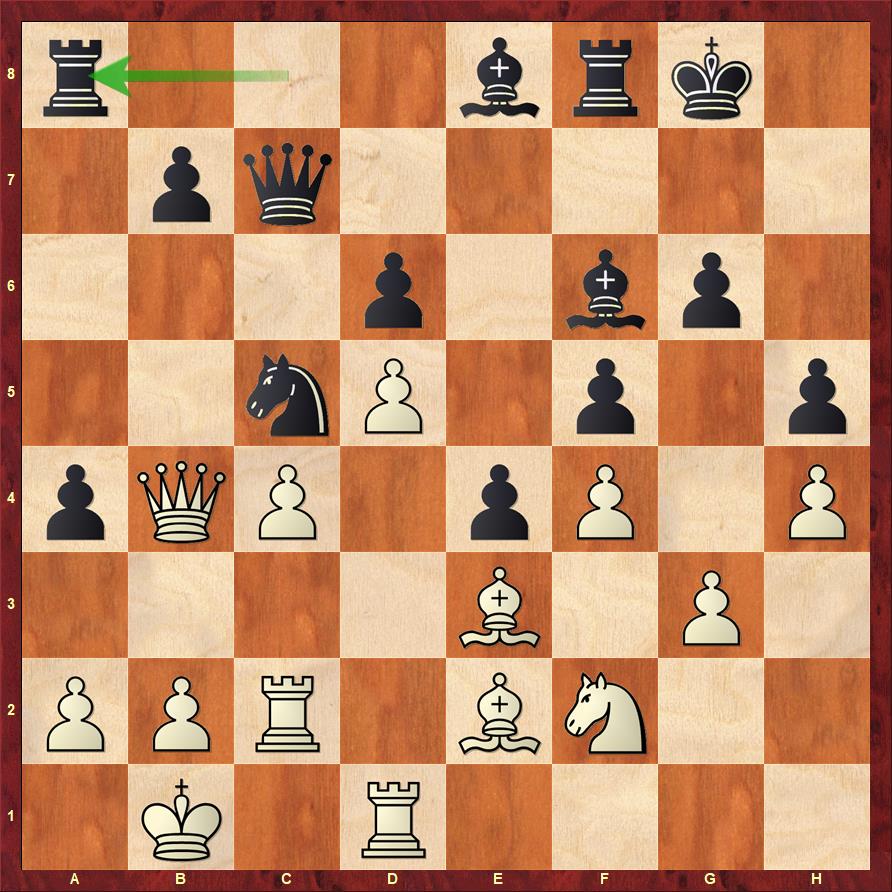
Anand: I was shocked. White has some plans in this position with Nh3-g5. And it is not so easy to execute b5, because there is some friction with a rook on c2 and d1. I saw the L'Ami tweet which says...Ba4 and ...b5 is huge!
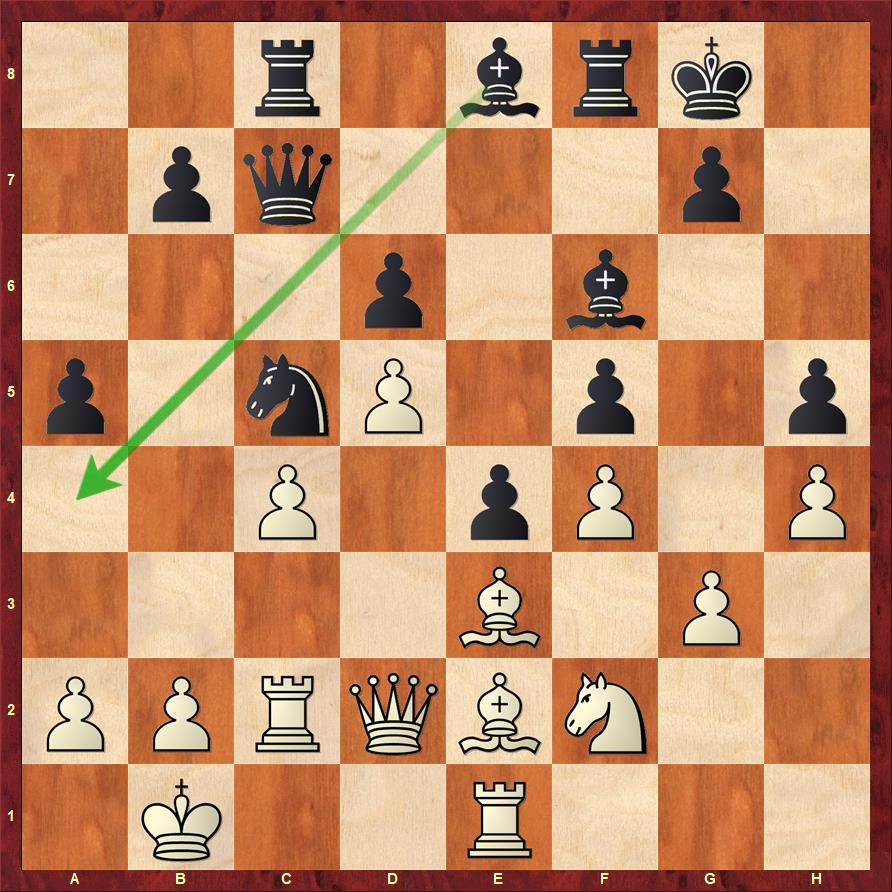
I looked at this idea and understood that it was huge. I was trying to get it in a more laboured way with Bd7 Rb8 and b5. It was strange for me that Magnus didn't want to make even three more moves. He could have played ...Bd7, even ...Ra6, ...Rb8 and ...b5. Make three more moves and you can still offer a draw. Why offer it here? I tried to think of a similar example. Sometimes when I am lost out of the opening and then I am defending the game for 20-25 moves, really suffering. And then my opponent makes a move that not only loses him the advantage, but puts him in a slightly worse position. Essentially you should wipe your head and start thinking I have an advantage and start playing for a win. But sometimes it is very difficult to make this switch. You have been thinking for a draw for so long that it is very difficult to make this switch. But Carlsen was never lost in this game. He didn't have to switch. But I think he was fighting a battle in his own head. He wanted a draw badly in this game, because was worried that he might lose it and he was not able to switch that thought. After making all the allowances, and understanding the circumstances, I am still surprised that Magnus Carlsen offered a draw here.
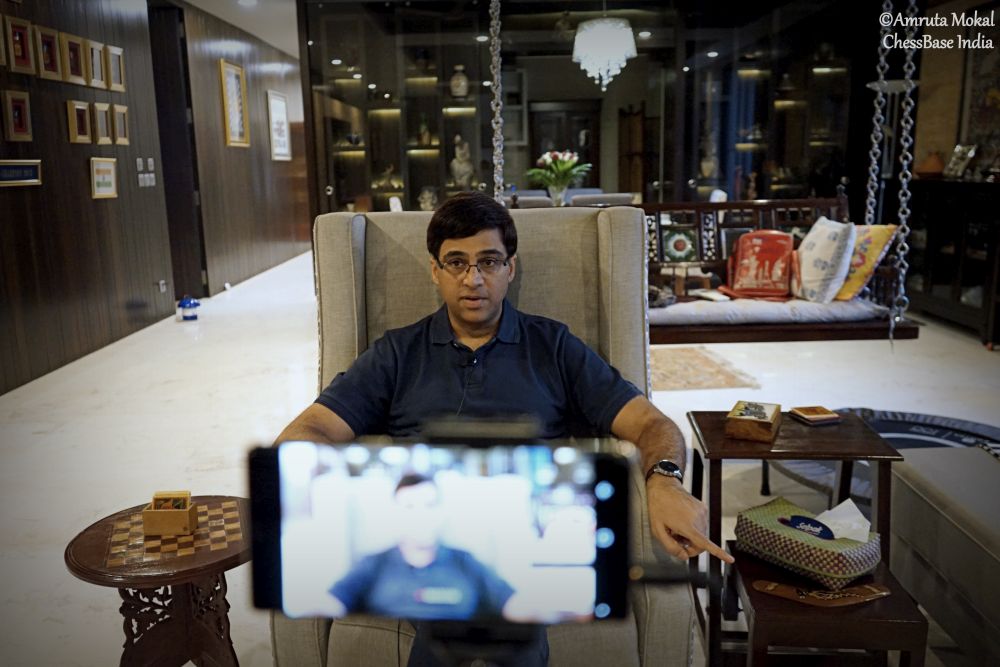
Vishy Anand on the Rapid games:
I think the Rapid started to go wrong for Fabiano very fast. In the first game there was a crucial moment where Magnus played e4 right in the opening.
Carlsen vs Caruana, tiebreak game 1
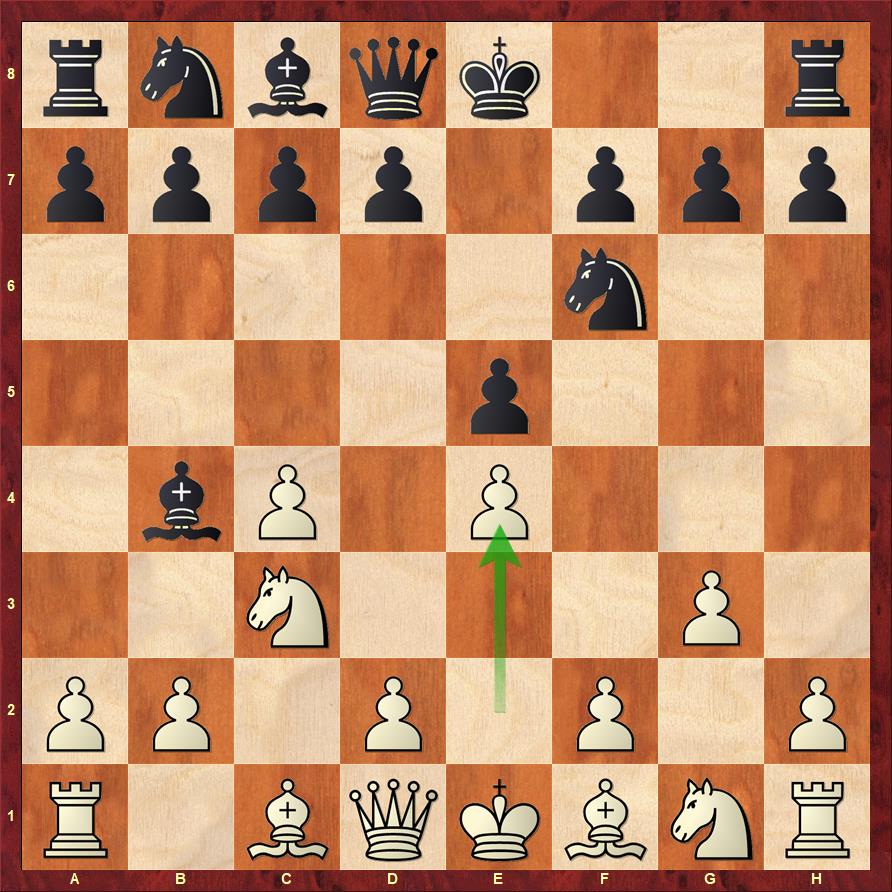
Fabiano had come with the intention of not falling behind on the clock and have better time management. But perhaps this is one of those positions where you must take a little bit of time and understand what you want to do. After 0-0, Nge2, Bg2, Magnus got exactly what he wanted to get. So, Fabi could have considered …Bxc3 earlier or something on those lines. Once that happened, it was unpleasant for Fabiano, though he played reasonably well. There was one point where he could have gone …Nb7 instead of …Nb5.
Carlsen vs Caruana, tiebreak game 1
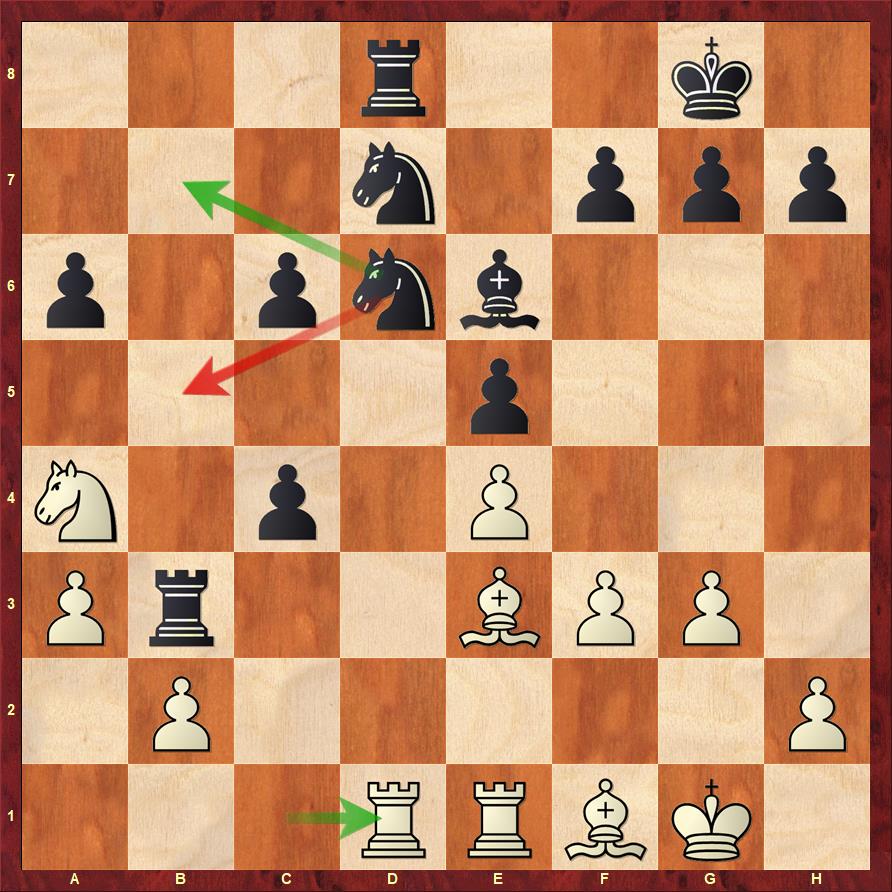
This (...Nb5) is well within the margin of error. I think he had seen the resource …Nd4 and felt that it was holding. It was very hard to calculate all the intricacies after that. It was one of those positions where if you are thinking clearly and you hold, it gives you confidence. It would have made a big difference if Fabiano would have held a draw, and he was close. It’s also typical that the person who is trying very hard wins after a couple of mistakes. You never lose these positions with one mistake, you lose them with two or three. Fabiano let it slowly slip away. First he didn’t push his pawn to c3, then he didn’t give a check with his rook and a little mistake here, a little mistake there adds up. Full credit to Magnus to see in the circumstances so clearly that Re7+ was crucial. After the win Magnus got back his confidence. I know how wonderful it feels to get a point lead after not being able to breakthrough.
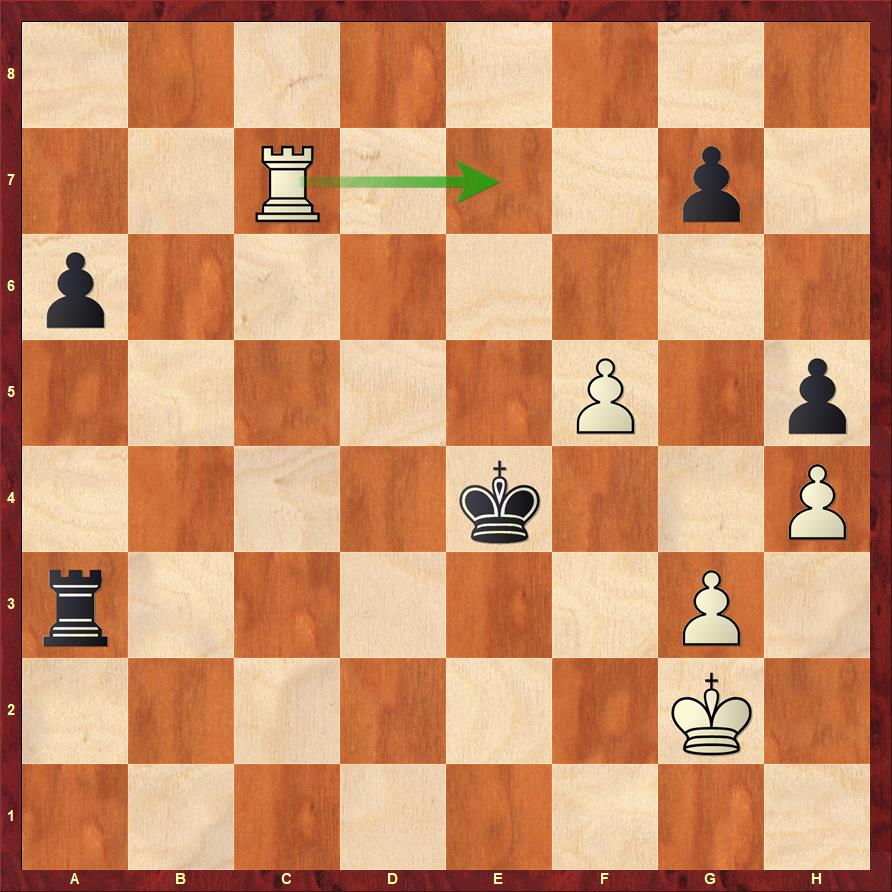
In game two Fabiano underestimated the counterplay that Black had after c5 and c6. You need more time to see that it looks deceptively good for White.
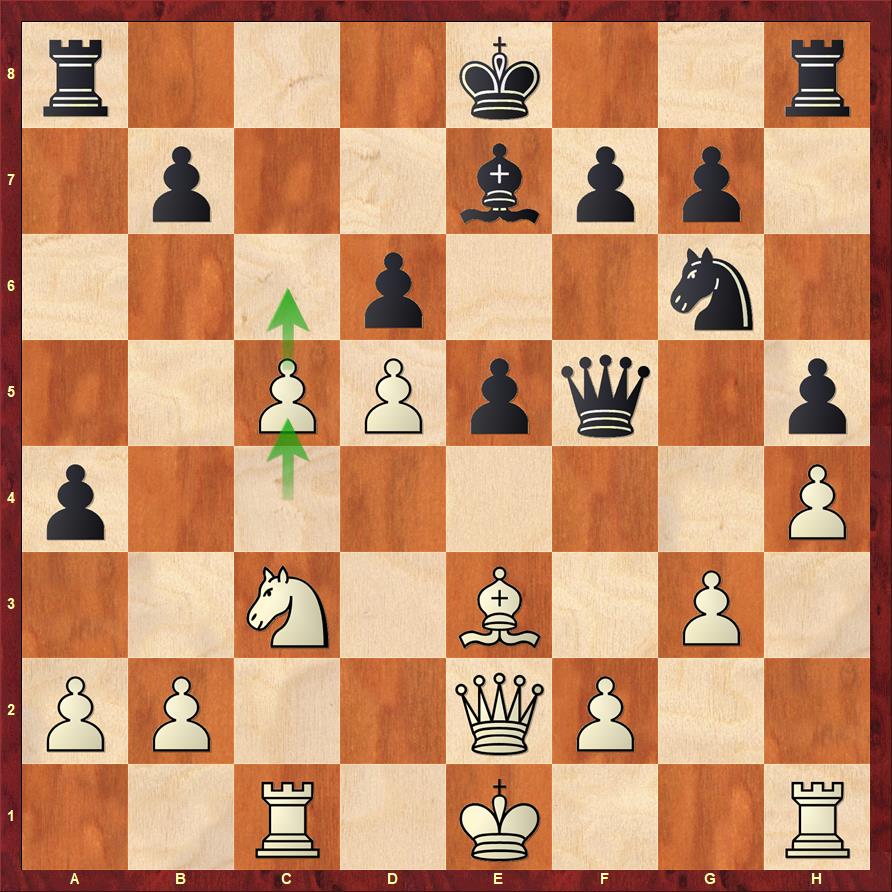
Game three was Fabiano trying to hold on to the hopeless match situation. He got some very small chances at the end. It showed that nerves can affect Magnus. After White played e5 and simplifications happened, there suddenly came …Qb2!
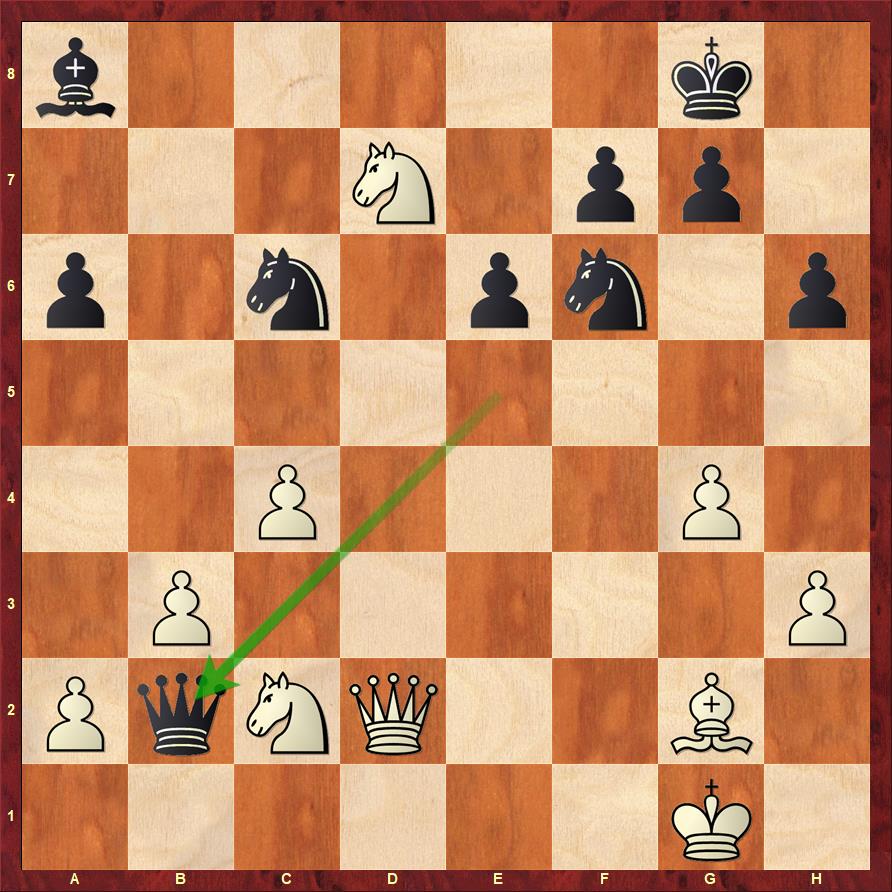
For a brief second it looked dangerous for Magnus. Nd7 by him was a mistake, but then he had the presence of mind to move his queen to d6 and stabilize the position.
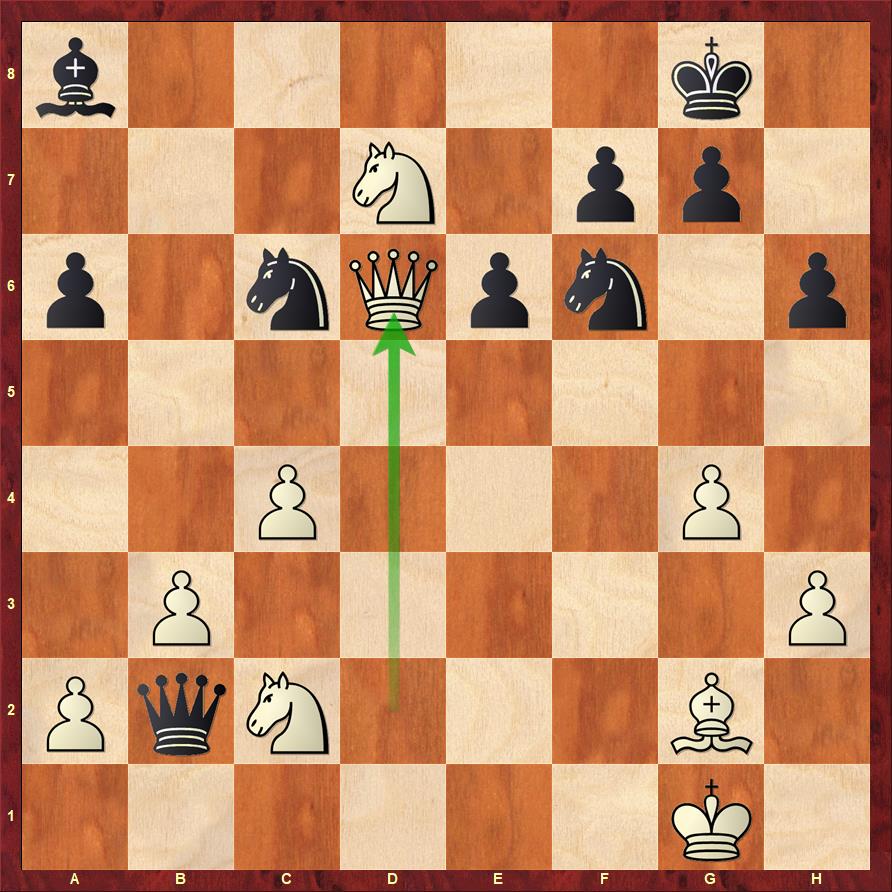
One or two more mistakes and it was over. But, you cannot really fault someone in this situation. When you are two points down, it is pretty hopeless. In the end Magnus showed his strength in rapid chess. I think his ability to play any kind of position, and play it reasonably well is a huge advantage for him in these situations.

